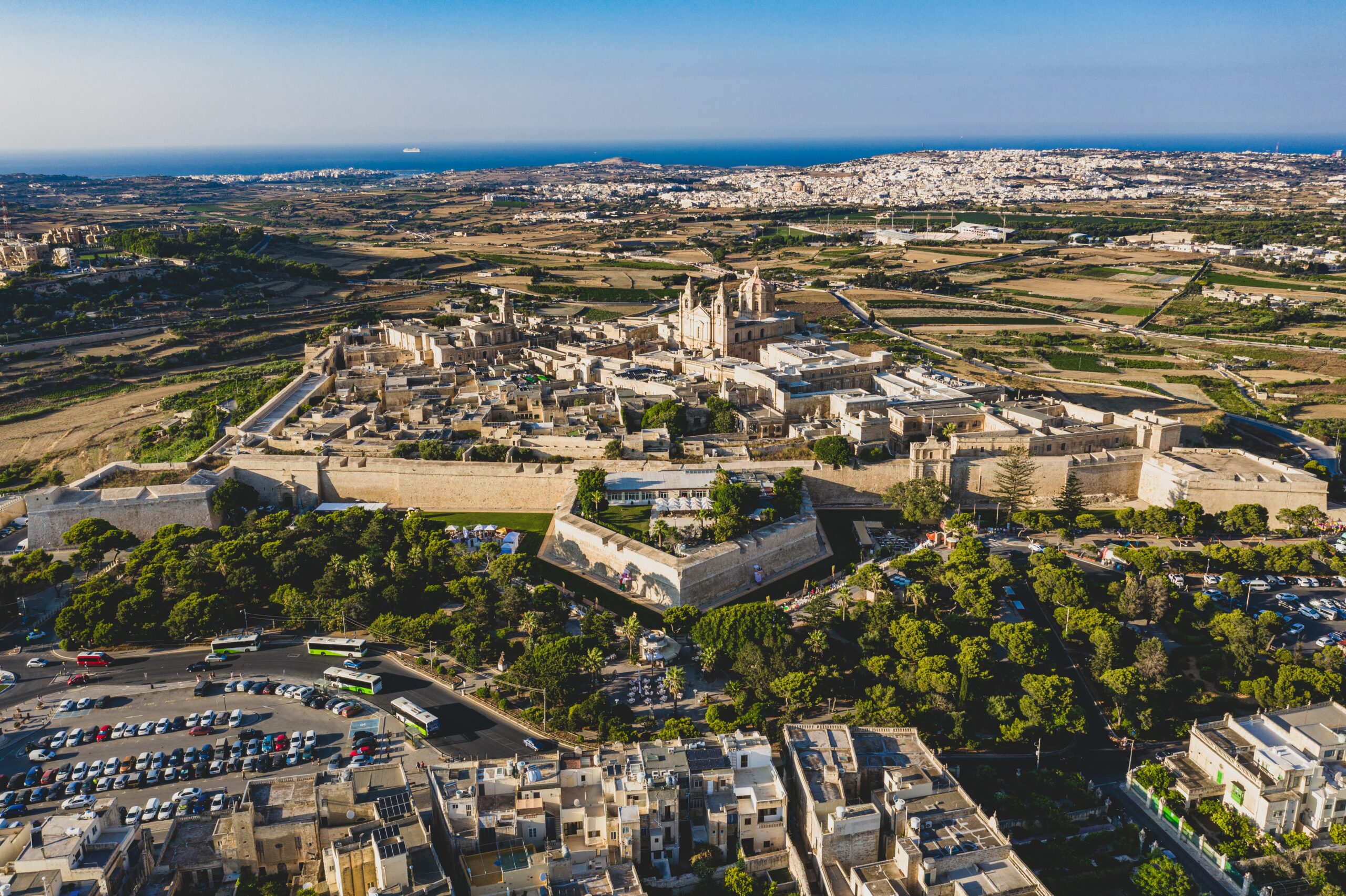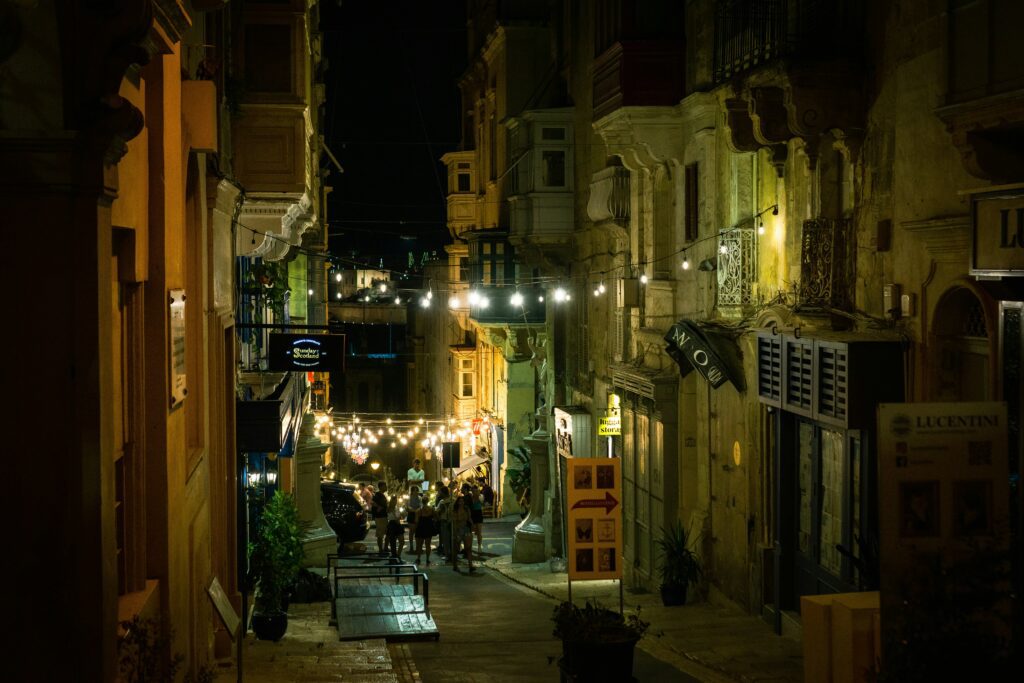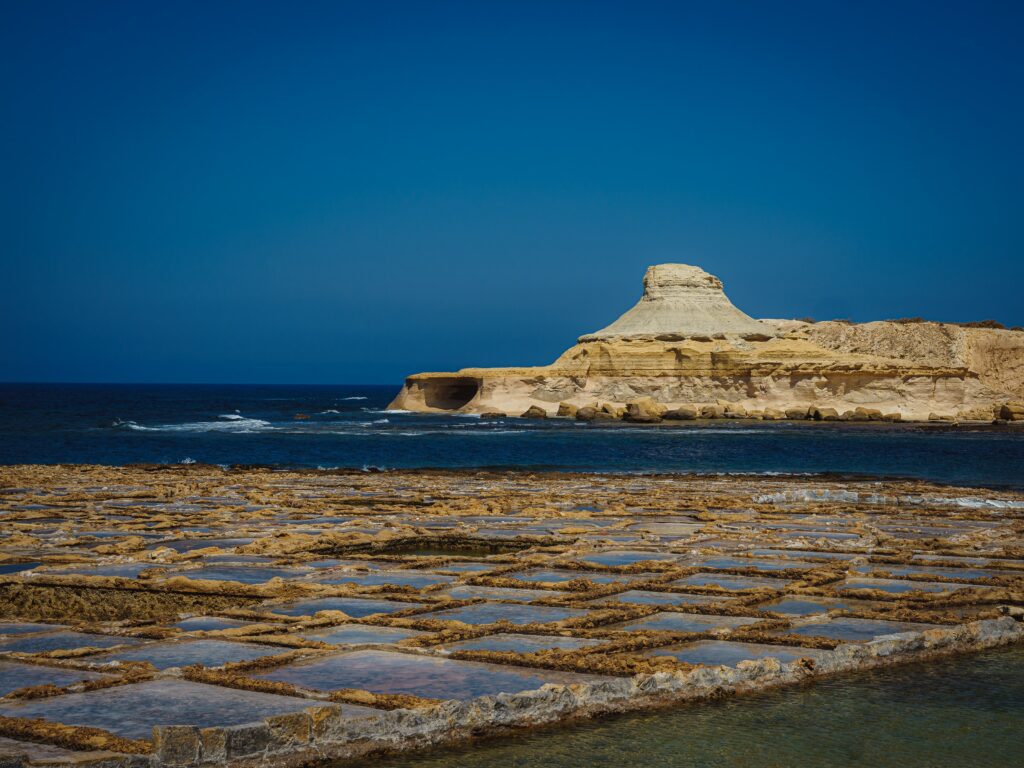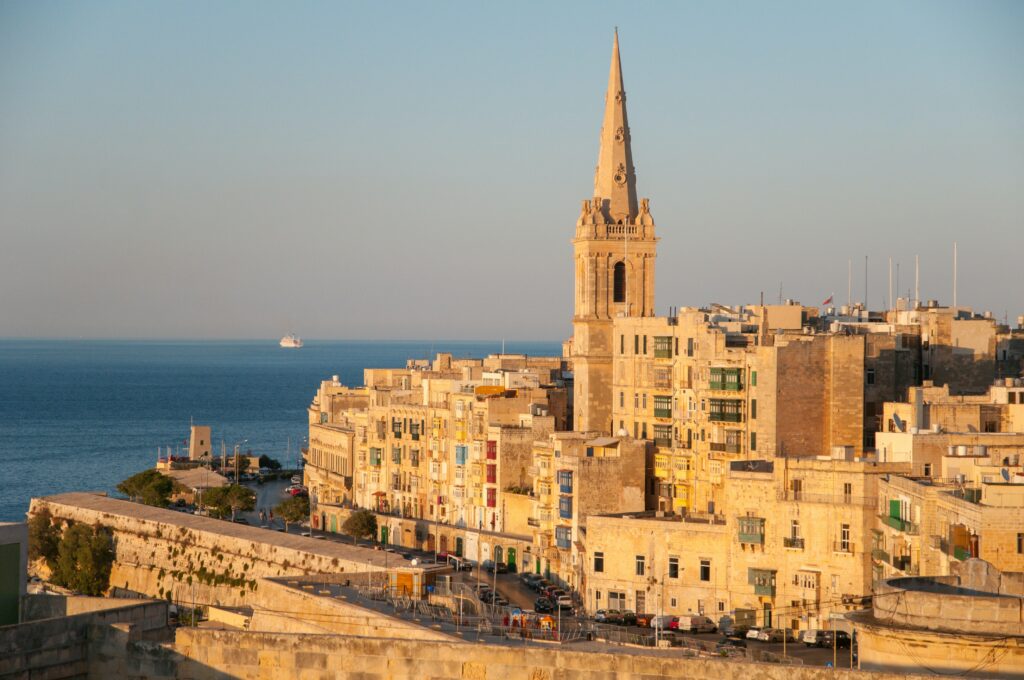Nestled in the heart of the Maltese islands lies a city that feels suspended in time: Mdina. Often referred to as the “Silent City,” Mdina is a harmonious blend of Malta’s rich tapestry of history, culture, and architecture.
Historical Significance
Founded by the Phoenicians in the 8th century BC, Mdina has witnessed a diverse range of rulers, each leaving an indelible mark on its landscape. The Romans fortified the city further, making it their administrative center. Its true golden age, however, came under the Arab rule in the 9th century AD. The Arabs imparted the maze-like design of narrow streets and alleys, which serves a dual purpose: keeping the city cool during scorching summers and confusing potential invaders.
Its modern name, Mdina, is derived from the Arabic word ‘Medina’, meaning ‘city’. Though its significance as a capital was later overshadowed by the rise of Valletta, Mdina’s allure as a historical gem remains undiminished.
Architectural Marvels
Mdina’s architecture is a living testament to its storied past. The Mdina Gate, the main entrance to the city, welcomes visitors with its Baroque grandeur. As you venture further into the city, the eclectic mix of Norman and Baroque architecture serves as a reminder of the various epochs the city has lived through.
A must-visit is St. Paul’s Cathedral, a masterpiece of Baroque architecture, adorned with ornate frescoes, marbles, and a stunning dome that dominates the skyline. The cathedral is believed to stand on the site where Roman governor Publius met Saint Paul after his shipwreck on the Maltese islands.
A City of Atmosphere
Despite its rich history, what truly captivates most visitors to Mdina is the ambience. With a population of just under 300, the city exudes an unparalleled tranquillity. As motor vehicles of non-residents are restricted, the only sounds that echo through its limestone streets are the distant chatter, the clip-clop of horse-drawn carriages, and the occasional church bell.
During the day, golden hues of its ancient buildings shimmer under the Mediterranean sun. But as dusk approaches, the city transforms. Lamp-lit streets cast a soft glow on the centuries-old facades, and Mdina takes on an ethereal quality, living up to its moniker of “The Silent City.”
Modern Mdina
While history is at its heart, Mdina isn’t stuck in the past. It houses some of Malta’s finest restaurants and cafes, offering a fusion of traditional Maltese dishes with contemporary flair. Mdina Glass, a local brand, showcases exquisite glass-blown products, merging age-old techniques with modern design.
The Mdina Experience is a popular attraction, giving visitors an immersive audio-visual journey through the city’s rich history. Whether you’re a history buff, an architecture enthusiast, or simply a traveller seeking a unique experience, Mdina promises a journey like no other.
Conclusion
In a world that’s rapidly changing, Mdina stands as a beacon of resilience, having retained its charm through millennia. It isn’t just a city; it’s a living museum, a testament to Malta’s diverse heritage, and a tribute to the island’s undying spirit. A visit to Malta would be incomplete without getting lost in the timeless alleys of Mdina, a true gem of the Mediterranean.




